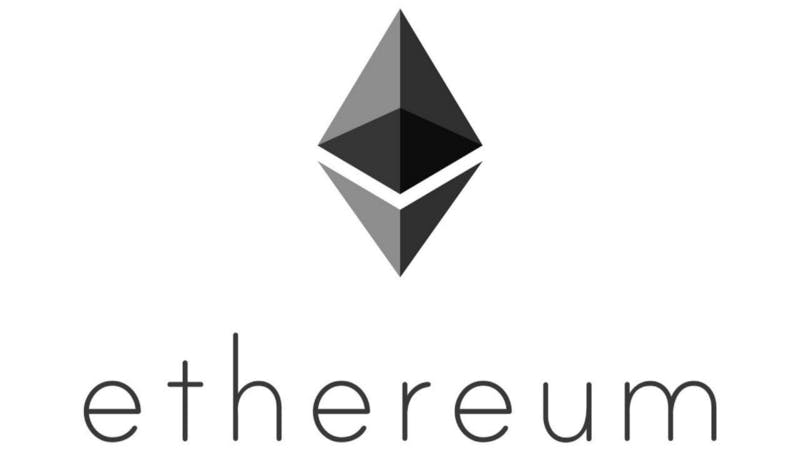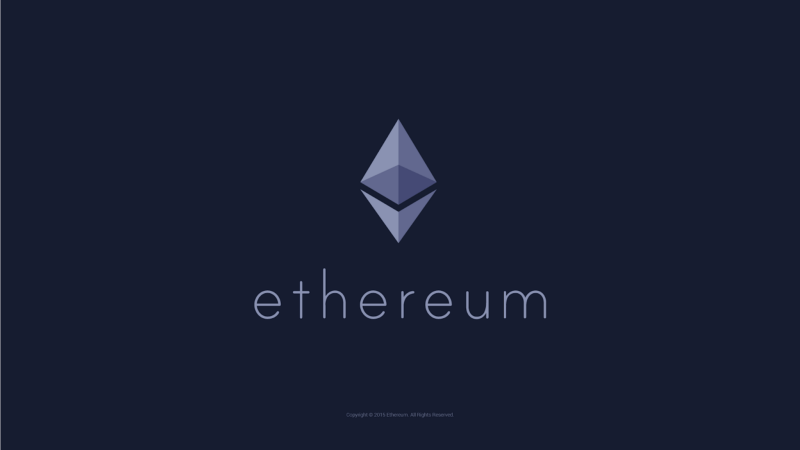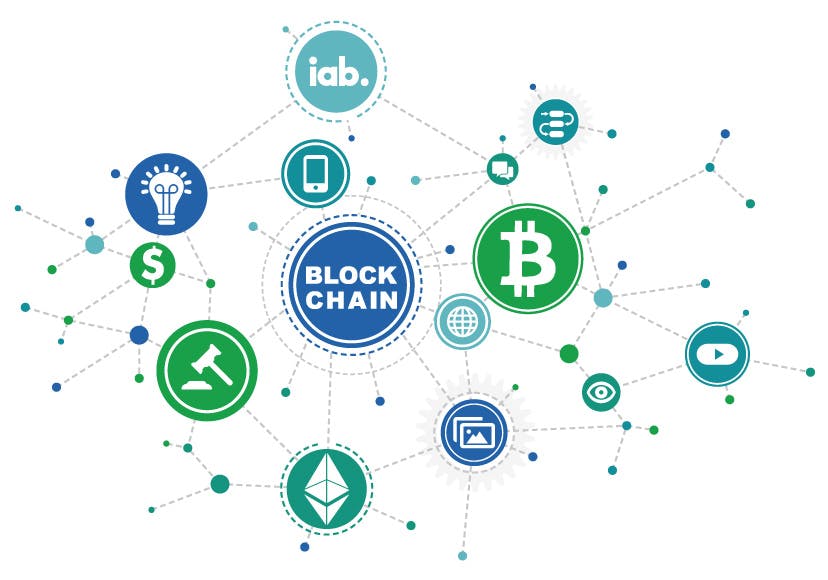
- All
- Tools
- Analytics
- Technical Analysis
- Trading
- Blockchain
- DeFi
- Guides
- Company News
- Educational
- Opinion
- Price Predictions
- Market News
- News
- Trading cases
- Practical guides
- Exchanges
- Trading signals
- Cryptocurrency
- Crypto bots
- Other
Become a crypto master
Learn everything about crypto,
trading and bots

New digital economy
Start Trading on 3Commas Today
Get full access to all 3Commas trading tools with free trial period

Many of you know how vital the macroeconomic background is for Bitcoin, but what about the rest of the cryptocurrencies and digital assets market? How do they fit into a sector that is often phased out by the sound of money tales and comparisons to digital gold?
As with many emerging industries, there are several age-old tailwinds behind the cryptocurrencies, some of which deserve the most attention, including rising digitalization, a global growth deficit, record low interest rates, and widening wealth inequality.
Digitalization
The first is perhaps the most obvious: more and more economic activity is getting digitalized. However, despite ongoing efforts, the digital economy’s growth is largely underestimated in official economic indicators as there is no standardized process for tracking its contribution to GDP. There are many challenges to quantifying the economic impact of free digital products and services, especially when considering how key indicators of economic activity (such as GDP) are calculated. If we cannot identify this, most likely, it will not be counted.
Take, for example, the rise of social media and search engines. We consume Facebook’s core product for free in exchange for our personal data, which is then aggregated, structured, and sold to a range of end customers. But how do you determine an average price that users would pay to access Facebook or Google for that matter?
In collaboration with Felix Eggers of the University of Groningen, Harvard Business Review attempted to develop a framework for accurately estimating the cost of free digital goods and services. They found that Facebook alone has generated over $225 billion in unrecorded value for consumers since 2004.
In addition, one can look at the consumer surplus, or the difference between the price consumers are willing to pay and the actual price paid associated with free digital products and services, to get a rough estimate of the value creation for the average consumer. A similar study by HBR found that the average value that US consumers post on Wikipedia is around $150 per year. That’s roughly $42 billion in consumer surplus that is not reflected in US GDP.
According to most estimates, the contribution of the digital economy to US GDP is between 5 and 8%. An updated report by the Bureau of Economic Analysis (BEA) showed that the digital economy accounted for 6.9% (~ $ 1.35 trillion) of the current dollar gross domestic product (~ $19.5 trillion) in 2017, up from 5.9% in 1997. While $1.3 trillion is certainly substantial, it is nowhere near as much as the contribution of such industries as real estate, government, or manufacturing.
BEA also found that the real added value of the digital economy grew at an average rate of 9.9% per year from 1998 to 2017, compared with 2.3% growth of the economy as a whole.
Given the global shift towards digitalization, this almost guarantees that digital economic growth will continue to outpace growth in economic activity all across the board. In addition, if policymakers have a chance to reverse the downward trend, they will likely need to create a more inviting environment that encourages technological innovation and change, rather than inhibits it.
Global growth deficit
If we talk about growth (or its lack), then the trajectory of world GDP for the next 5-10 years leaves much to be desired. Even before COVID-19 turned the world upside down, economic activity (especially in advanced economies) was relatively dire. Unsurprisingly, burgeoning assets have plummeted lately, although investors crave the continuation of the game.
The fallout from COVID-19 has left us with a massive lag in global growth compared to previous projections. Global GDP is expected to grow by 3.1% and 3.25% in 2020 and 2021, respectively, amounting to approximately $5.6 trillion in economic activity by the end of next year. However, current projections point to a 3.7% contraction in 2020, followed by a 5.1% growth in 2021 as the economy recovers.
These estimates also imply a ~ $ 4.6 trillion hole in the recent expectations. If the global economy shrinks 3.7% this year, as many analysts predict, global GDP will need to grow 10.5% in 2021 for us to revert to previous projections. Unsurprisingly, our baseline scenario assumes policymakers continue their current path to increasing fiscal aid financed by higher levels of debt monetization. Adaptive monetary and fiscal policies will continue for the foreseeable future.
As expected returns decline, investors will be forced to look for alternative ways to achieve above-average returns. Some of this capital will go to traditional alternative investments (private equity, hedge funds, venture capital, etc.). But we believe a significant chunk of it will make its way into crypto and digital assets, given how few sectors can now be better positioned for massive market expansion.
Record low rates
It would be an understatement to say that investors and savers are hungry for profit. Near-zero or negative interest rates will continue to put pressure on both large capital distributors and individual savers, especially given an ongoing inflationary pressure.
World politicians have made it clear that they will not raise rates in the near future. The Federal Reserve’s own scatter plot (which tracks Fed officials’ forecasts for the central bank’s key benchmark interest rate) suggests that short-term rates will remain at zero until at least 2022.
On the other hand, you can open a BlockFi account right now and start earning interest in USDC at a rate that is about 3x higher than the most generous savings bank account can offer. Of course, the risk associated with the former is inherently higher, but it is evident that “cryptodollars” or other fiat stablecoins will bring a higher savings rate than traditional banking counterparts in the foreseeable future. In addition, the increased protocol interoperability also provides more options for investors interested in participating in the digital asset market.
Rising wealth inequality
We touched on this topic in more detail in one of the previous articles, so we will not go into details today. But open trustless networks with tangible monetary potential offer unprecedented opportunities for most people and households who feel left behind. We left this for last because we believe that the highest potential for attracting the masses to cryptocurrencies is exceptionally far from being realized.
When it comes to opportunities in this area, Bitcoin gets most people’s attention outside of cryptocurrencies. Still, some of its biggest fellow travelers will also have a significant impact on the industry as a whole. We are still at the very beginning of this path.
The digital economy in 2023 stands as a testament to human innovation and technological advancement, characterized by an intricate weave of digital connections, burgeoning technologies, and economic activities. Operating at the intersection of technology, business, and human interaction, the digital economy is driving unprecedented value creation and reshaping traditional economic frameworks.
Flourishing E-Commerce Ecosystem
In 2023, e-commerce continues to be a pivotal component of the digital economy, expanding its reach and influence. Emerging technologies, consumer preferences, and innovative business models are reshaping the online marketplace, fostering accessibility and convenience. The e-commerce platforms of today are diversified and user-centric, offering personalized experiences and multiple transaction options, ensuring seamless consumer engagement.
Cryptocurrencies and Blockchain Technology
The role of cryptocurrencies in the digital economy is more profound than ever, with digital assets becoming mainstream investment avenues and transactional tools. Blockchain technology underpins this shift, offering transparency, security, and decentralized solutions. These technologies are enabling new economic activities and value exchanges, propelling the digital economy forward by creating novel opportunities and reducing barriers to entry.
Digital Services: A Core Component
Digital services, encompassing sectors such as finance, healthcare, and education, are core to the thriving digital economy in 2023. The proliferation of digital platforms and services has democratized access to resources and information. Fintech innovations are disrupting traditional financial systems, enabling quick, user-friendly, and secure financial transactions, while advancements in telehealth and online education are revolutionizing service delivery models, making them more accessible and efficient.
Artificial Intelligence and Big Data
AI and Big Data play a crucial role in refining and advancing the digital economy. These technologies are employed to analyze consumer behavior, optimize operations, and predict market trends. The insights derived empower businesses to innovate, enhance customer experiences, and make informed decisions. These technologies are the backbone of the digital economy, fostering competitiveness and driving growth.
Sustainable Digital Economy
In 2023, sustainability and digital transformation intertwine. The digital economy is becoming increasingly green, with eco-friendly technologies and sustainable practices at the forefront. The adoption of green technologies and emphasis on carbon-neutral operations are shaping businesses, encouraging them to integrate sustainability into their core strategies. This shift is essential for the long-term resilience and vitality of the digital economy.
Conclusion
The 2023 digital economy is a vibrant and evolving ecosystem, marked by technological advancements, innovative solutions, and a focus on sustainability. It is a crucible of opportunities, driven by the relentless pace of digital transformation and the integration of new technologies. As digital connections continue to permeate every aspect of our lives, the future of the digital economy seems boundlessly promising, filled with potentials yet to be uncovered. The confluence of diverse technologies and sustainable practices is set to continue influencing economic paradigms, crafting a future where the digital economy is central to global development and prosperity.

A proven leader, successful at establishing operational excellence and building high-performance teams with a sharp focus on value creation and customer success.




